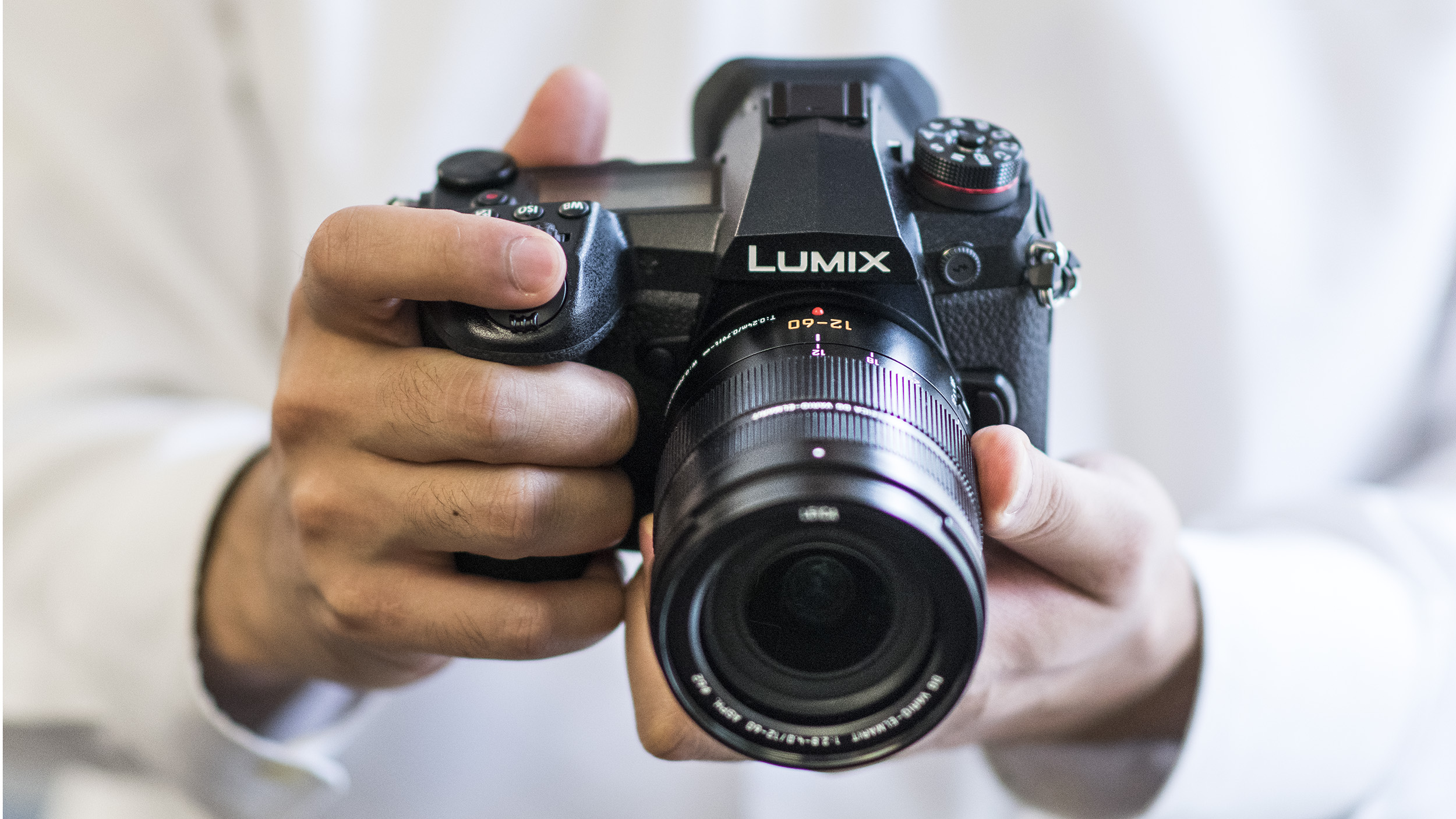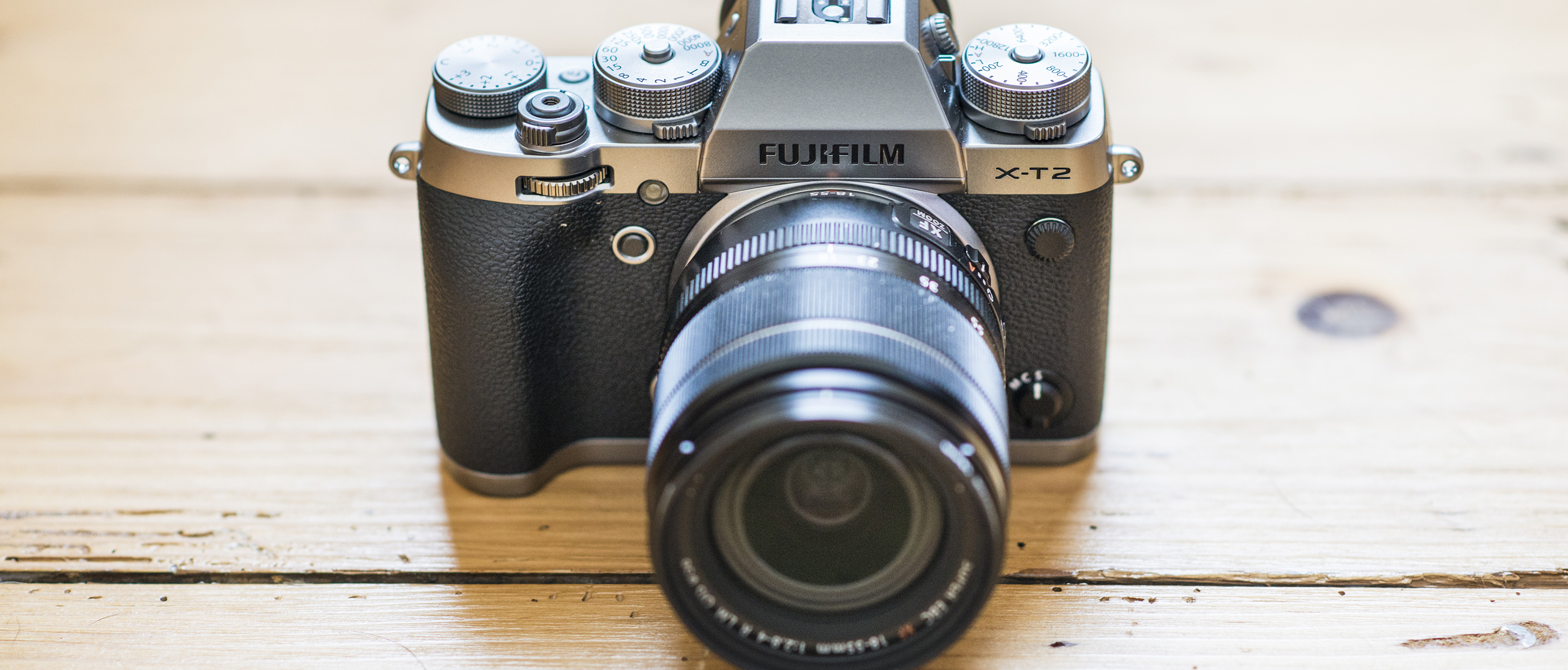Why you can trust TechRadar
Verdict
The original X-T1 has been a firm favourite amongst photographers and us here at TechRadar, and it's easy to see why when you take into account its small form-factor, tactile controls, solid build and lovely results.
It wasn't perfect though, with the AF performance, particularly in continuous mode, a big stumbling block for the camera. It's an area that's undenialably deterred a lot of potential users looking to switch from their DSLR and who've grown accustomed to an advanced AF system that doesn't stumble when trained on a fast moving subject.
Now though, the X-T2 looks to change all that. While maintaining and tweaking the lovely handling characteristics of the X-T1, as well as some welcome additions like the double-hinged rear display, the biggest leap has to be the AF performance.

Not only is it a huge step up from the system in the X-T1, it's a very polished and sophisticated system in its own right, delivering a fast and reliable performance that when matched with the fast burst shooting mode, make this a very capable camera for action.
There's still a bit of room for improvement, but factor in the new sensor that delivers pin-sharp results and the X-T2 has to be one of the most desirable cameras available right now.
Competition

Fujifilm X-T30
The X-T30 is the most recent X-series model, so it's no surprise that its specs are considerably more advanced than the X-T2's. These include a latest-generation 26.1MP X-Trans CMOS 4 sensor, together with an improved autofocus system with 425 phase-detect AF points and 3in touchscreen. Its single card slot, however, and 0.62x viewfinder magnification shows the older X-T2 to still have the upper hand in a few areas.
Read our in-depth Fujifilm X-T30 review

Panasonic Lumix G9
The G9 has been the photo-oriented flagship in the Lumix line for some time, and its serious specs sheet includes a number of advantages over the X-T2. This includes a 3.69million-dot viewfinder, five-axis sensor-based image stabilisation, an 80MP high-resolution mode and a top-plate LCD screen, although the smaller sensor only holds 20MP and the camera is a fair bit chunkier than the X-T2.
Read our in-depth Panasonic Lumix G9 review

Nikon D500
Released at the same times as the flagship D5 model, the D500 is lucky enough to have inherited a couple of things from its big brother, such as its cracking 153-point AF system. It has the advantage of a better battery life than the X-T2 and a top-plate LCD and touchscreen incorporated into the design of the body, although it's bigger and heavier, and has a lower-resolution sensor.
Read our in-depth Nikon D500 review
Sign up for breaking news, reviews, opinion, top tech deals, and more.

Phil Hall is an experienced writer and editor having worked on some of the largest photography magazines in the UK, and now edit the photography channel of TechRadar, the UK's biggest tech website and one of the largest in the world. He has also worked on numerous commercial projects, including working with manufacturers like Nikon and Fujifilm on bespoke printed and online camera guides, as well as writing technique blogs and copy for the John Lewis Technology guide.
